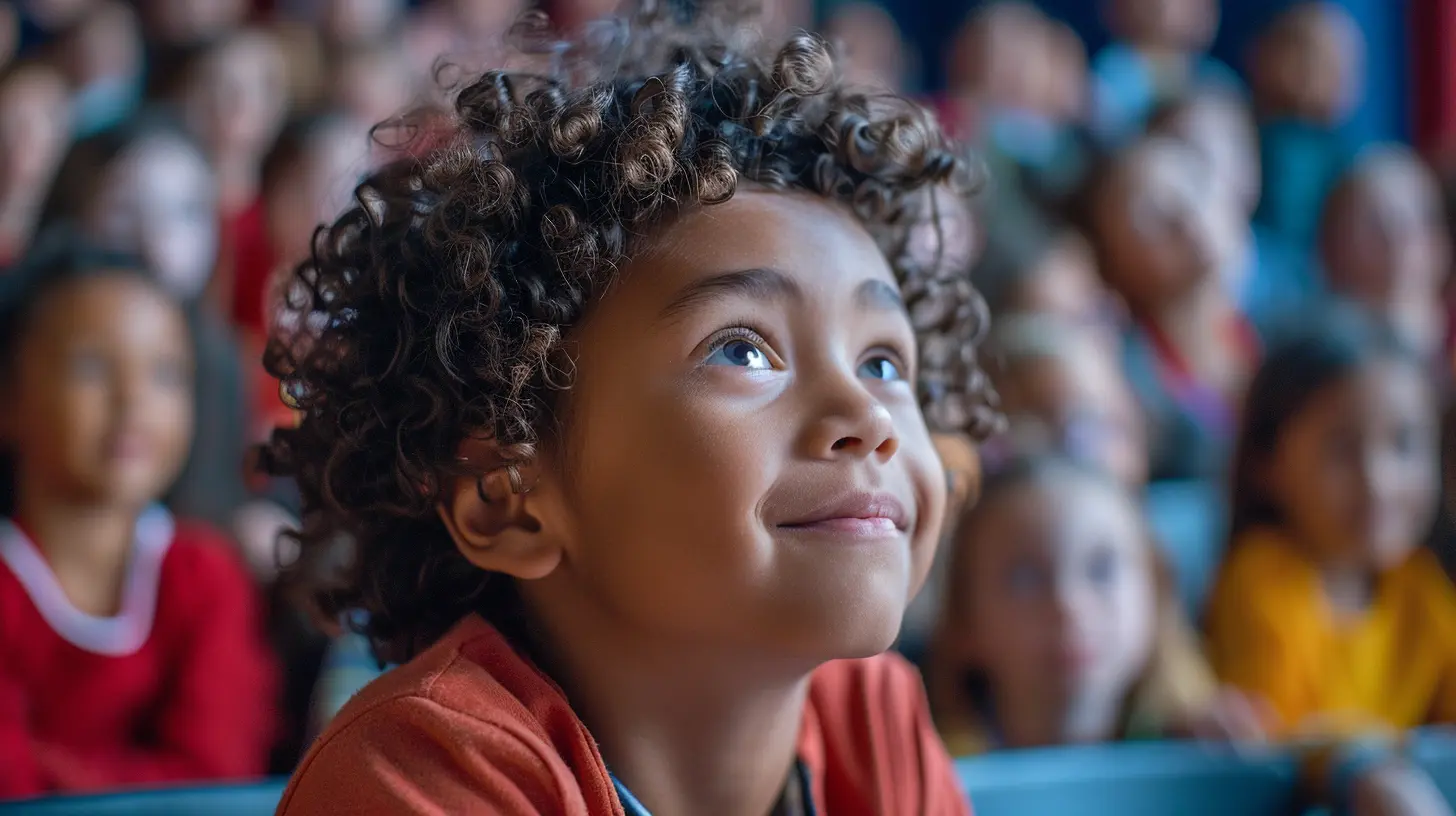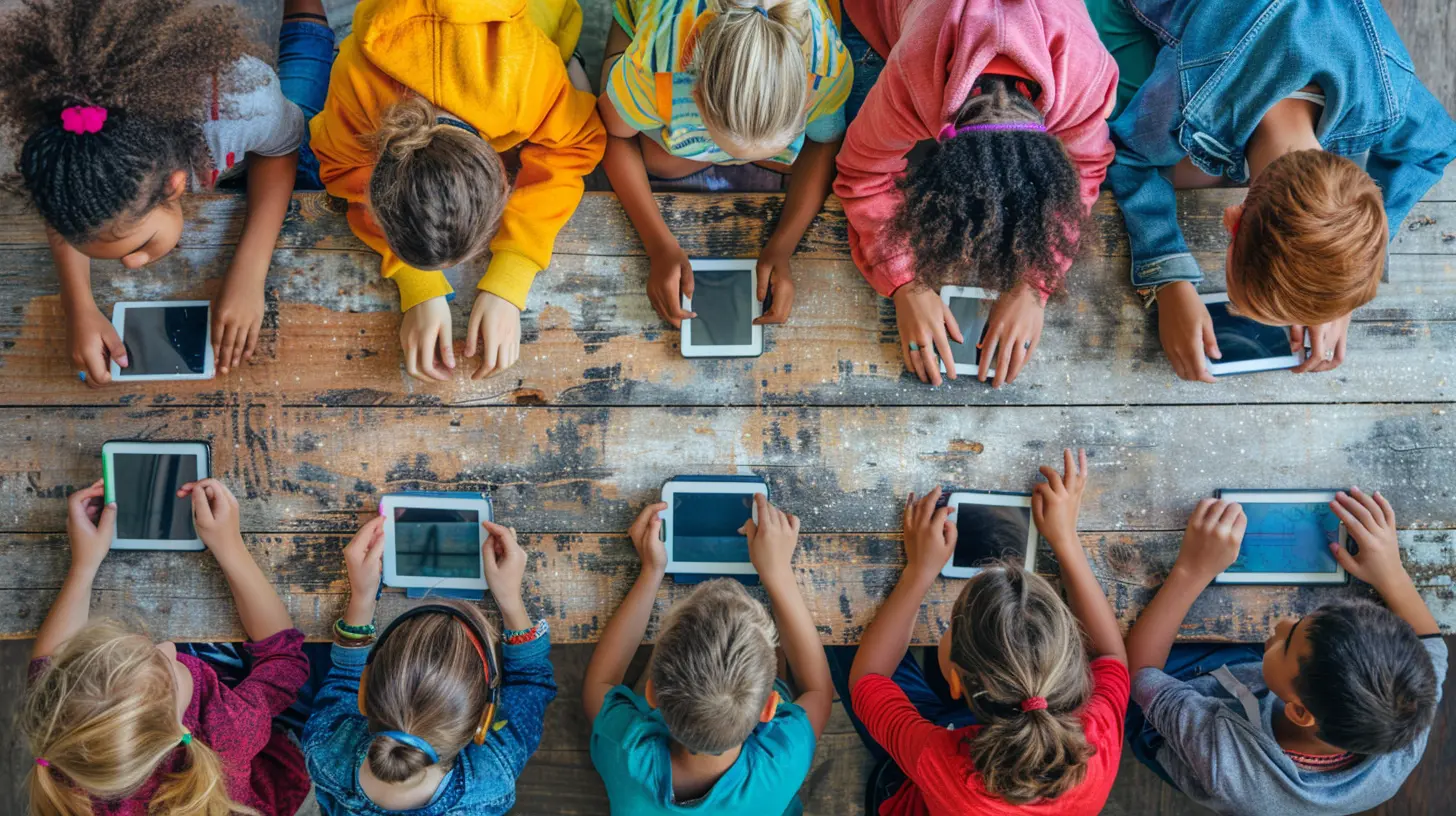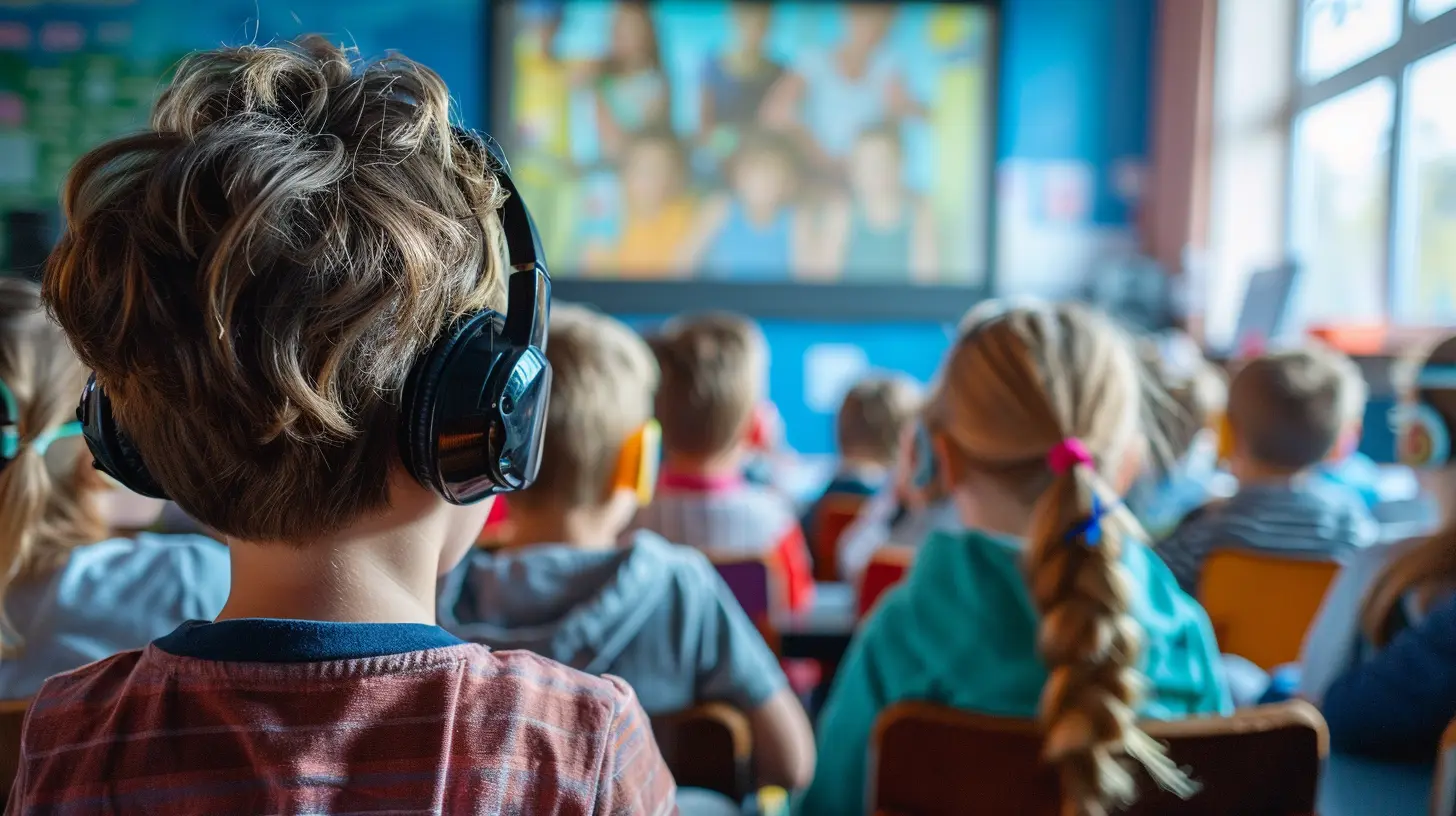Using Visual Aids and Multimedia to Capture Student Attention
8 July 2025
Let’s face it—keeping students engaged today feels like trying to catch butterflies with a fishing net. With attention spans dropping faster than new TikTok trends, teaching in the traditional “chalk and talk” mode just doesn’t cut it anymore. That’s where visual aids and multimedia swoop in like superheroes, turning ordinary lessons into captivating experiences that students actually want to pay attention to.
In this blog, we're diving headfirst into how visual aids and multimedia can change the game in the classroom. Whether you're teaching kindergarteners their ABCs or helping college students stumble through statistics, this one's for you.

Why Engagement Matters More Than Ever
Before we get into the nitty-gritty of visuals and tech, let's talk about engagement. Why is it such a buzzword?Picture this: You're in a classroom, the teacher is talking, the whiteboard is a sea of text, and you're trying really hard not to yawn—but you fail. You zone out, miss the main ideas, and suddenly you're lost.
That’s what happens when students aren’t engaged. The brain just doesn’t tune in unless it thinks something matters. That’s where visuals and multimedia step in—they grab attention and say “Hey! This is worth your time!”

The Science Behind Visual Learning
Ever heard the phrase, “A picture is worth a thousand words”? There’s real science behind that. Around 65% of us are visual learners. That means most people process information better when it's presented visually.Our brains are wired to quickly understand and remember images. In fact, we can process visuals 60,000 times faster than text. Isn't that wild?
When you combine visuals with spoken or written instruction, you’re basically giving the brain two ways to absorb the same message. It's like listening to your favorite song with the lyrics on—easier to remember, right?

What Are Visual Aids and Multimedia Anyway?
Let’s not complicate things. Simply put:- Visual Aids are anything students can see that supports their learning—charts, graphs, posters, mind maps, illustrations, flashcards.
- Multimedia includes a mix of content forms like text, audio, video, animations, interactive apps—you name it.
When teachers use these tools, lessons become more than just words on a page. They become an experience.

Types of Visual Aids & Multimedia Tools That Actually Work
Let’s break it down. Here's a list of go-to tools that teachers, trainers, and educators are using to keep learners locked in.1. Images and Charts
A simple image can trigger curiosity and spark discussion. Charts and graphs, on the other hand, make abstract data digestible. Want to explain global warming trends or population growth? A line graph says it in seconds.2. Videos and Animations
This is the big winner. YouTube, TED-Ed, National Geographic—there’s a treasure trove of educational videos out there. Even a short animation can explain a complex concept in under two minutes.Bonus? Videos bring emotion—voice, music, movement—all of which help with connection and memory.
3. Infographics
Think of infographics as the Swiss Army knife of teaching. They blend text, numbers, and visuals into one compact and attractive package. And yes, students LOVE them.4. Interactive Presentations
Tools like Prezi, Google Slides, and PowerPoint (when used creatively) let you lead students through a journey rather than just showing them information. Interactive slides, quizzes, and questions along the way? Yes, please.5. Educational Games and Quizzes
Gamification is not just for fun. Platforms like Kahoot!, Quizizz, and Blooket turn passive learners into active players. It's sneaky learning—and it works.6. Virtual Reality & Augmented Reality
Okay, this is next-level stuff. Imagine exploring the inside of a volcano or walking through ancient Rome—all from your classroom. AR and VR tools like Google Expeditions are turning these dreams into virtual reality.7. Mind Maps and Diagrams
Great for brainstorming, revising, or summarizing. Mind maps help learners see the big picture while understanding how pieces connect. Visual learners thrive on this.8. Digital Whiteboards
Apps like Jamboard, Padlet, or Canva Whiteboards enable collaborative thinking in real-time. Students can draw, drop notes, and brainstorm together—even remotely.Benefits of Using Visual Aids and Multimedia in the Classroom
Let’s talk about why these tools are not just cool, but crucial.📌 1. Grabs Attention Instantly
Students are bombarded with content all day. A striking image or animated clip pulls them back in. It’s like a mental highlighter—your point suddenly stands out.📌 2. Enhances Understanding
Some things are just easier to show than explain. Try describing DNA replication without a diagram. Yeah… good luck. Visuals break it down—step by step.📌 3. Improves Retention
Need your students to actually remember what you teach? Visuals can increase recall by up to 65% after three days. That's no small deal.📌 4. Encourages Active Learning
Multimedia tools often invite participation—choose an answer, click to continue, post a response. This kind of involvement cements learning way better than passive listening.📌 5. Appeals to Different Learning Styles
Not every student learns the same way. Some prefer watching, others like doing, a few need to hear it out loud. Multimedia blends styles, giving everyone a fair shot.📌 6. Promotes Inclusivity
Students with learning challenges, language barriers, or attention difficulties benefit immensely. A visual or video can bridge the gap where words might fail.
Tips for Effectively Using Visual Aids and Multimedia
Too much of a good thing can backfire. So how do you use these tools without overwhelming your students or turning your lesson into a Netflix episode?Here’s the golden rule: Be intentional.
➤ Keep it Relevant
Don’t throw in a video or meme just because it’s fun. Every visual should serve your lesson goal. Ask yourself: “Does this help clarify, support, or reinforce the topic?”➤ Don’t Overload Slides
One image, one key point. If your slide looks like a novel, dump it. Simplify like your audience’s attention span depends on it—because it does.➤ Mix Things Up
Variety is the spice of learning. Use different types of media across lessons. That unpredictability keeps students curious.➤ Encourage Discussion
Show a clip and then ask, “What did you notice?” Use diagrams as springboards for group analysis. The more students interact with the content, the longer they’ll remember it.➤ Test Technical Stuff In Advance
We’ve all been there. The video won’t load. The projector dies. The Wi-Fi goes MIA. Do a quick tech check before class to avoid the awkward fumbles.➤ Make It Interactive
Don’t just press play—pause videos to reflect, throw in polls during presentations, or invite students to create their own visuals. Make it theirs.Real-Life Success Stories
Still not convinced? Let’s peek into real classrooms.- In a middle school science class, a teacher used time-lapse videos of plant growth to teach photosynthesis. Test scores jumped by 27% compared to the previous year.
- A high school history teacher had students create their own animated timelines using Canva. Engagement skyrocketed, and students reported better understanding of historical sequences.
- In a college physics course, using simulations helped students visualize forces and motion. It wasn’t just theory anymore—it was action.
Final Thoughts: Get Visual, Get Results
At the end of the day, using visual aids and multimedia isn’t about having the flashiest slides or the latest gadgets. It’s about making learning stick. It’s about waking up those sleepy eyes in the back row, drawing in the hesitant learners, and making your lessons come alive.If you want students to remember what you teach—not just for the test, but for life—then spark their curiosity. Show, don’t just tell.
Let’s reshape education from dull to dynamic—one visual at a time.
all images in this post were generated using AI tools
Category:
Student EngagementAuthor:

Olivia Lewis
Discussion
rate this article
1 comments
Bernadette Shaffer
Engage, Inspire, Transform Learning!
July 23, 2025 at 12:03 PM

Olivia Lewis
Thank you! Engaging visuals and multimedia are key to inspiring and transforming the learning experience.


